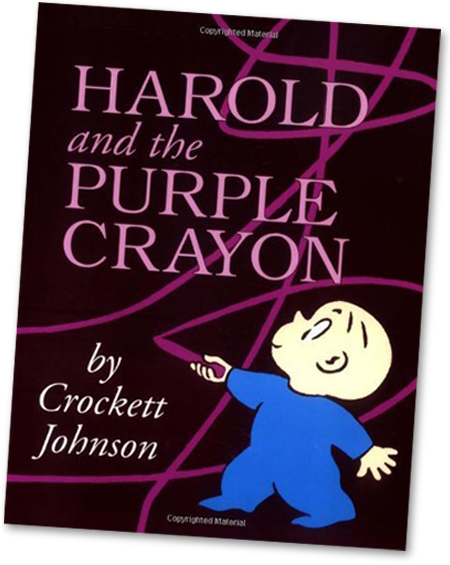 |
| Anthocyanin pigmentation on a green |
I thought I would take the opportunity to explain what exactly is causing these spots to suddenly appear as of late. This phenomenon is brought on by swift temperature changes between day and night or mild weather followed by colder periods. Sounds a lot like our weather in March and April doesn't it?
Typically, our turf is green thanks to a pigment inside the plant called chlorophyll. However, when we experience fluctuating weather patterns, another pigment called anthocyanin temporarily replaces cholorophyll as the main pigment in the turf. This pigment is found in many other colorful plants throughout the plant kingdom such as the purple petunias that we hang around the clubhouse in the summertime or the red geraniums on your back patio.
 |
| Anthocyanin pigmentation on a fairway. |
This biological phenomenon does not harm our turf and is simply a part of Mother Nature's quirks. It is also interesting to note that these spots tend to appear with stronger intensity on our more exposed areas which makes sense because these areas experience the greatest temperature fluctuations. (Think wide-open North end putting green versus sheltered #2 green). Once the weather patterns stabilize towards May and June, chlorophyll will once again become the main pigment in our turf.


No comments:
Post a Comment